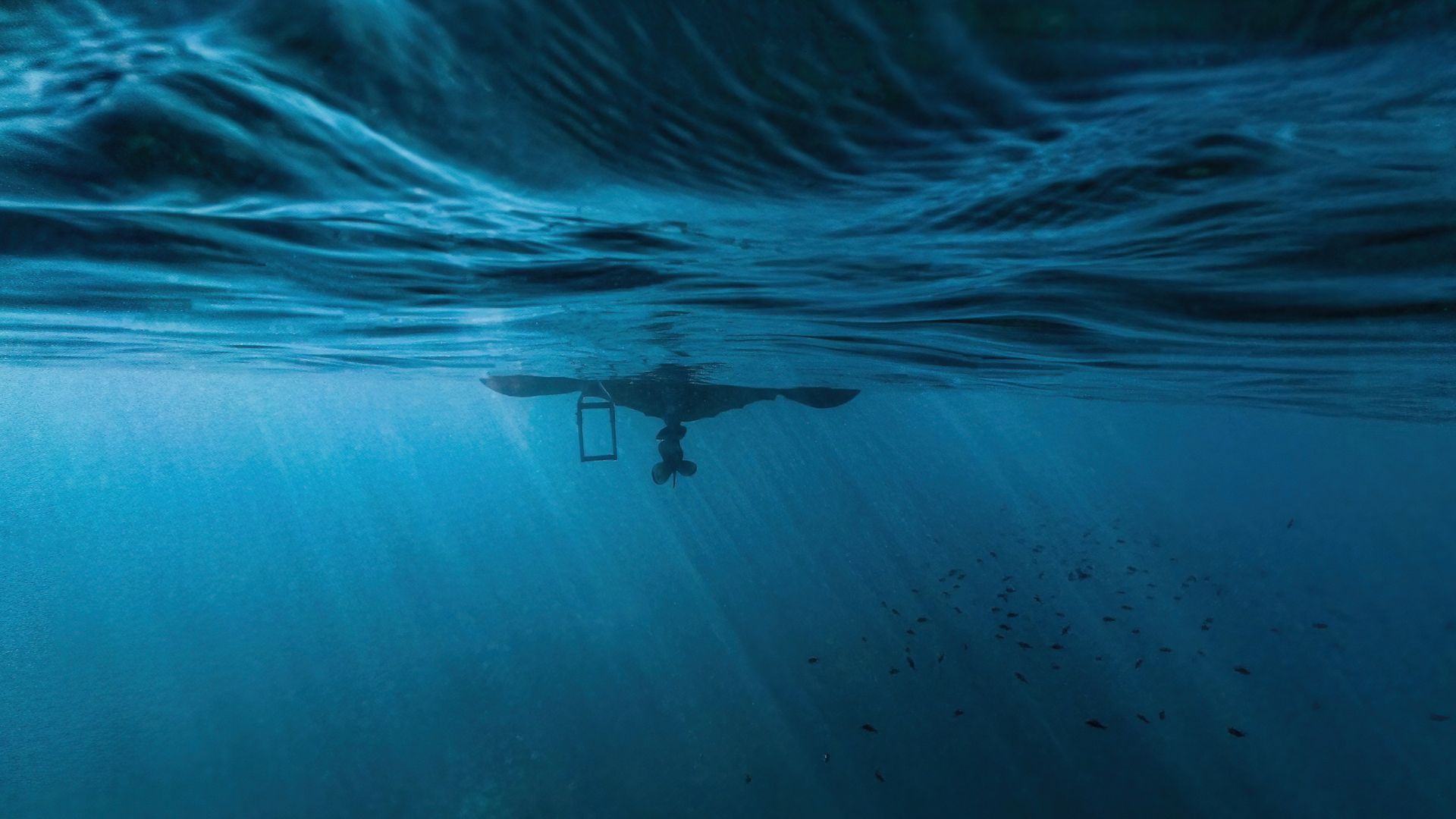Protecting Natural Resources: Satellite Surveillance for Environmental Preservation

Protecting natural resources is critical for sustaining life on Earth, and satellite surveillance plays a vital role in this endeavor. Satellites offer a unique vantage point, providing detailed and continuous monitoring of forests, oceans, and other natural habitats.

One of the primary uses of satellite technology in environmental preservation is deforestation monitoring. Satellites like Landsat and Sentinel-2 provide high-resolution images that help detect illegal logging and forest degradation. These images enable authorities to take prompt action, protecting biodiversity and carbon sinks crucial for mitigating climate change.

In addition to forests, satellites monitor water resources. The GRACE satellites, for instance, measure changes in Earth's gravity field, allowing scientists to track groundwater levels and the health of aquifers. This information is vital for managing water resources, especially in arid regions where water scarcity is a pressing issue.

Coastal and marine environments also benefit from satellite surveillance. Satellites monitor coral reef health, detect oil spills, and track illegal fishing activities. By providing real-time data, these technologies help safeguard marine ecosystems and ensure sustainable use of ocean resources.
Furthermore, satellites contribute to wildlife conservation. By tracking animal movements and habitat changes, satellites help conservationists develop effective strategies to protect endangered species and preserve critical habitats.

Suffice to say, satellite surveillance is a powerful tool for environmental preservation. By providing comprehensive and timely data, satellites help protect natural resources, support sustainable development, and ensure a healthy planet for future generations.


